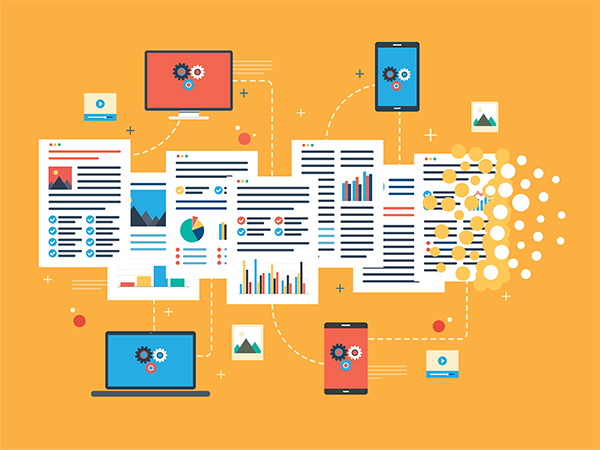October 10, 2018
Data Analytics Drives Consumer-Focused Payment Communications

As Millennials begin to surpass Baby Boomers as the nation’s largest living adult generation, they are bringing big changes to the way receivables are managed.
A report by Price Waterhouse Coopers found that millennials are over-indebted, with over 80 percent of college-educated millennials carrying at least one source of outstanding long-term debt and 44 percent carrying more than one source of outstanding long-term debt.
This research also shows that millennials are financially fragile, nearly 50 percent don’t believe they could come up with $2,000 if an unexpected need arose within the next month.
This group of younger consumers is also the most technologically engaged generation. Nearly 90 percent of Millennials are actively using two to three devices a day, according to a report done by Elite Daily. This report shows that roughly half of Millennials use social media or other internet-based tools to interact with their networks or influence buying decisions.
Reaching Millennials – and ensuring you still connect with other generations of consumers – is a job for data analytics. Data analytics can help you determine when a consumer is simply behind and when a consumer has a low propensity to pay, enabling you to develop the most effective workflow and message for that consumer.
Data Analytics and Consumer-Focused Communications
The consulting firm McKinsey & Company researched the ways leading companies are turning their data analytics into growth. Its “DataMatics” survey interviewed 400 top managers of large international companies from a wide variety of industries. McKinsey & Company found a strong correlation between the use of customer analytics and corporate performance.
This research showed that using data analytics increases a company’s likelihood of generating above-average profits and significantly improving areas of consumer engagement.
Data analytics produces a similar, positive impact on the receivables management process, enabling organizations to better understand consumer behavior, increase consumer engagement, and drive higher recovery success.
Leading receivables management data analytics solutions combines traditional and nontraditional consumer data and then uses that information to determine the likelihood of a consumer to make a payment. This data can include public records, demographic information, consumer behavioral patterns, preferences, and predicted outcomes.
“Using this customized combination of data enables us to create a more holistic picture of the consumer and target our collection effort appropriately,” says Cheryl Kananowicz, vice president of financial services at RevSpring.
This data is used to automate consumer engagements using a combination of predictive modeling, segmentation, and other business rules. Engagements are then tracked to identify trends and key performance indicators to provide more data that can be used to optimize engagement workflow.
Continuous Improvement
“Data generates data,” continues Kananowicz. “Once a campaign is implemented, it generates additional analytics and business intelligence. We can correlate this data to generate vital information to further enhance campaign performance.”
Running A/B tests, for example, provides data on consumer behaviors and highlights the most effective option. Similarly, custom focus and control groups can be created to identify areas of improvement, including consumer outreach, design, and calls to action.
By mastering their data and using it to deliver new insights, agencies can create accounts receivables communications that are more effective and take less time, money, and resources.
Consult a Trusted Source
Data analytics improves your processes by customizing and enhancing consumer communications. But ensuring these goals can be met requires expertise in all areas of account receivable management.
To ensure a successful process, choose a vendor that as proven knowledge of the regulatory requirements and subtleties that are part of the accounts receivables management process.
RevSpring, for example, provides the unique combination of technology, tools and expertise needed to access, track and analyze data, and create an actionable plan that influences a positive consumer outcome.
Learn more from our RevSpring experts about Data Cleansing and Analytics best practices.